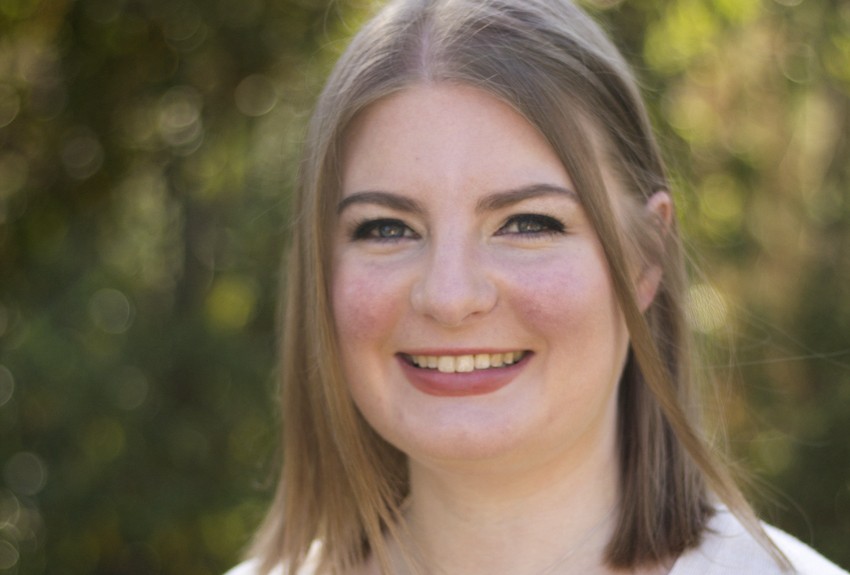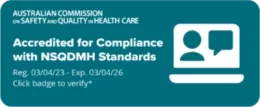Accessibility Tools
- Content scaling 100%
- Font size 100%
- Line height 100%
- Letter spacing 100%
The SANE Blog

Being open about my autism at work
Jessica Kaaden, Director of People and Culture at SANE, writes about the importance of Autism Acceptance and why she is open about her Autistic identity at work.
Throughout my 20s, I was not open about my autism diagnosis at work. I did not tell anyone I was Autistic, and I covered up my Autistic traits as much as I could. This is the choice that 3 out of 4 employed Autistic adults make – to hide a significant part of their identity from people they work closely with. Out of fear – fear of rejection, fear of discrimination, fear of ridicule. Fear that others will fear their difference.
This fear is not unfounded – almost half of Autistic adults in the workplace have lost a job due to their disclosed or undisclosed disability. Understandably, many Autistic people don’t disclose their autism to their employer. But this decision has consequences. It means not receiving support. It means hiding who you are. It means continuously second-guessing yourself and your value, despite your achievements, of never feeling good enough. And sometimes, the lack of support and understanding about your undisclosed disability means losing your job.
Why does this fear exist? With 85% of Australians having a personal connection to autism – a family member, friend, or self – why do only 29% of Australians feel they know how to support the Autistic people in their lives? And why do so many Autistic people feel that they are misunderstood, unwanted, unvalued?
Autism is a difference – a difference in thinking, feeling and perceiving. Autistic people experience the world a little bit differently, feel a bit differently, think a bit differently. For a significant period of time, the only people writing about autism, and experiences of autism, were non-Autistic people. Any descriptions of autism and experiences of autism were, at best, well-intended guesses of another’s perception. How can you determine, from the outside, how another person perceives the world?
No one can be both Autistic and non-Autistic, so there is no one who can confidently describe the differences in perception. There are only Autistic people trying to understand non-Autistic ways of being, and non-Autistic people trying to understand Autistic ways of thinking, feeling and perceiving. Families of Autistic loved ones understand this challenge of catching glimpses into the inner-workings of a mind that perceives things differently, and trying to bridge that divide.
Reading and hearing about Autistic people’s experiences of autism can help non-Autistic people increase their understanding and acceptance of autism. That is why I now choose to be honest about my Autistic identity at work. Being open about my autism diagnosis with others is scary. It requires me to be vulnerable, to open myself up to discrimination and the fear others have of difference.
Being vulnerable like this is easier for me than it is for others because I have significant personal privilege. I do not experience intersectional disadvantage, and as Director of People and Culture I have authority and influence within my organisation. I feel an obligation to use this position of influence to grow understanding and acceptance of autism.
And the benefits? My colleagues know that they can bring me complex issues, and that my Autistic brain will detangle the threads, pull out what is important, and create a framework for action. They also know that when I frequently interrupt it is not out of disrespect but rather because I find it hard to ‘read’ the ebbs and flows of conversation and know when it is my turn to speak. They know that I turn the lights down to concentrate, and that my noise-cancelling headphones help me work at my best. And they know that my single-minded focus and drive will see projects through to completion.
And hopefully from knowing me, as an openly Autistic woman, they will fear difference less. They will understand more. And that will pave the way for other Autistic people to feel safer being themselves.
This mutually-reinforcing cycle makes me hopeful for the future – Autistic people sharing their experiences, and non-Autistic people responding with understanding and acceptance, leading to more Autistic people sharing their experiences. As this cycle continues, I hope that autism acceptance will increase and that within that acceptance, there is space for both Autistic people and non-Autistic people to feel like they belong.
Note from the author:
This article is written from a personal perspective and expresses a wish for greater autism understanding and acceptance. It does not cover the significant and more obvious disabilities faced by many with an autism diagnosis, including the author’s own challenges. For more information about autism, see Amaze.org.au or register to complete Amaze’s free “What is Autism” eLearn.
Jessica Kaaden is Vice President (Vic) of the Australia Human Resources Institute, and the Director of People and Culture at SANE. Jessica is an Autistic self-advocate who has designed and implemented Autism Employment initiatives across Government, Not for Profit and Private sectors. She has a Master in Human Resource Management, is a Certified HR Fellow, and is a member of the National Accreditation Committee that oversees HR Standards and course accreditation across Australia.
Related Posts
By accepting you will be accessing a service provided by a third-party external to https://dev.sane.org/










